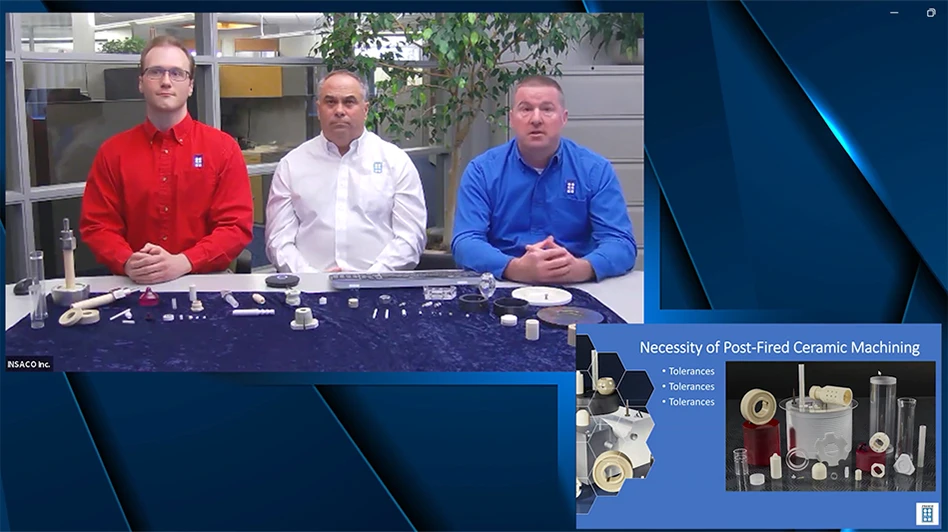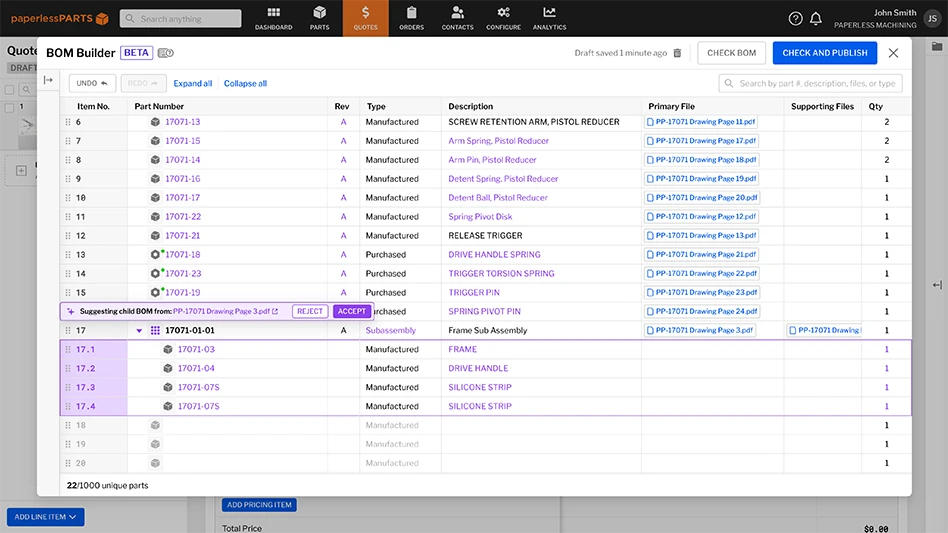
Researchers have invented an experimental wearable device from super-thin material which generates power from a user’s bending finger and can create and store memories.
Multifunctional devices normally require several materials in layers, which involves the time-consuming challenge of stacking nanomaterials with high precision. This innovation incorporates nanomaterial into a stretchable casing fitted to a person’s finger.
The team, led by RMIT University and the University of Melbourne with other Australian and international institutions, makes the proof-of-concept device with the rust of a low-temperature liquid metal called bismuth, which is safe and well suited for wearable applications.
Senior lead researcher Dr. Ali Zavabeti says the invention can further be developed to create medical wearables that monitor vital signs – incorporating the researchers’ recent work with a similar material that enabled gas sensing.
“The innovation was used in our experiments to write, erase, and re-write images in nanoscale, so it could feasibly be developed to encode bank notes, original art, or authentication services,” says Zavabeti, an engineer from RMIT and the University of Melbourne.
Device results from experiments

The invention exhibits responsiveness to movements associated with human activities, such as stretching, making it a promising candidate for wearable technologies.
“We tested natural motion behavior with the device attached to a finger joint, with an average output peak of about one volt,” Zavabeti says.
The device can perform the memory functions of read, write, and erase, including the use of the RMIT logo and a square-shaped insignia as demonstrations of these capabilities. The device isn’t worn by a user during these memory experiments and can write and store the logo and symbol in a space that could fit 20x within the width of a human hair.
How it’s made, works
Lead author and Ph.D. student Xiangyang Guo from RMIT, says the team can print layers of bismuth rust (oxide) in seconds.
Engineering materials at the nanoscale can present opportunities in sensing, energy harvesting, or memory applications, Guo says.
Bismuth oxide is likely to cause less irritation to skin, compared to silicon, is durable, stretchable, can be integrated into wearable technologies, and is engineered to provide memory functionality.
“It’s a nanogenerator, meaning it’s energy efficient with a green energy supply from environmental vibrations and mechanical movements,” he says.
The researchers plan to adapt their approach for other low-temperature liquid and solid metals and alloys that can be developed for personalized wearables.
RMIT University
https://www.rmit.edu.au
University of Melbourne
https://www.unimelb.edu.au

Explore the March 2024 Issue
Check out more from this issue and find your next story to read.
Latest from Today's Medical Developments
- North America's supply chains face sharp decline due to tariffs
- Experience precision: GF Machining Solutions' CUT F Series wire EDM
- Mastering high-temp alloys with Kennametal Inc.
- Integer expands operations in Salem, creating 83 jobs
- Siemens unveils new Teamcenter X: Revolutionizing SaaS PLM for all manufacturers
- 3 Questions with an Expert with Allied Machine & Engineering
- Supply Chain Power – A strategic program for executives
- Sunnen Products' PGE-6000 gage





